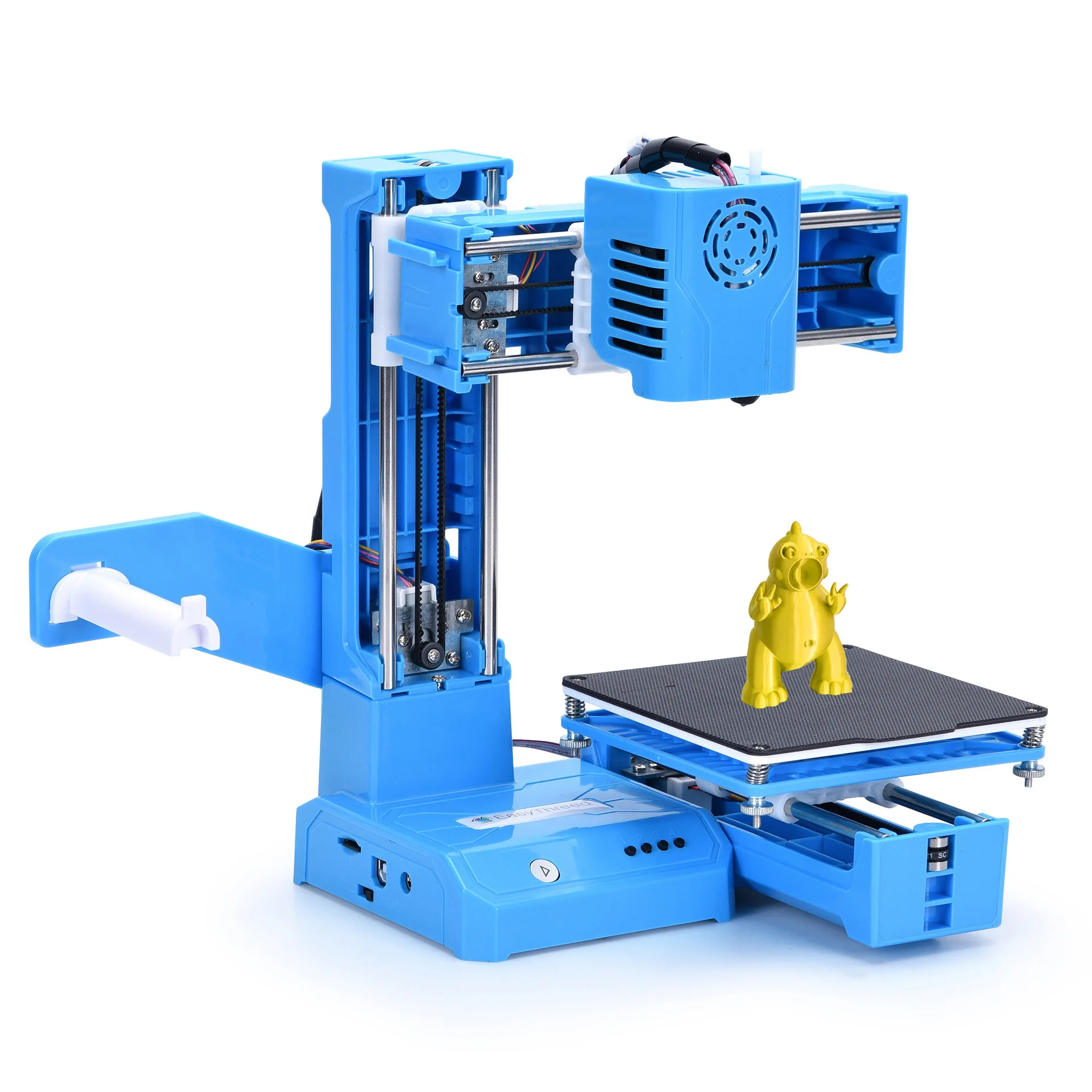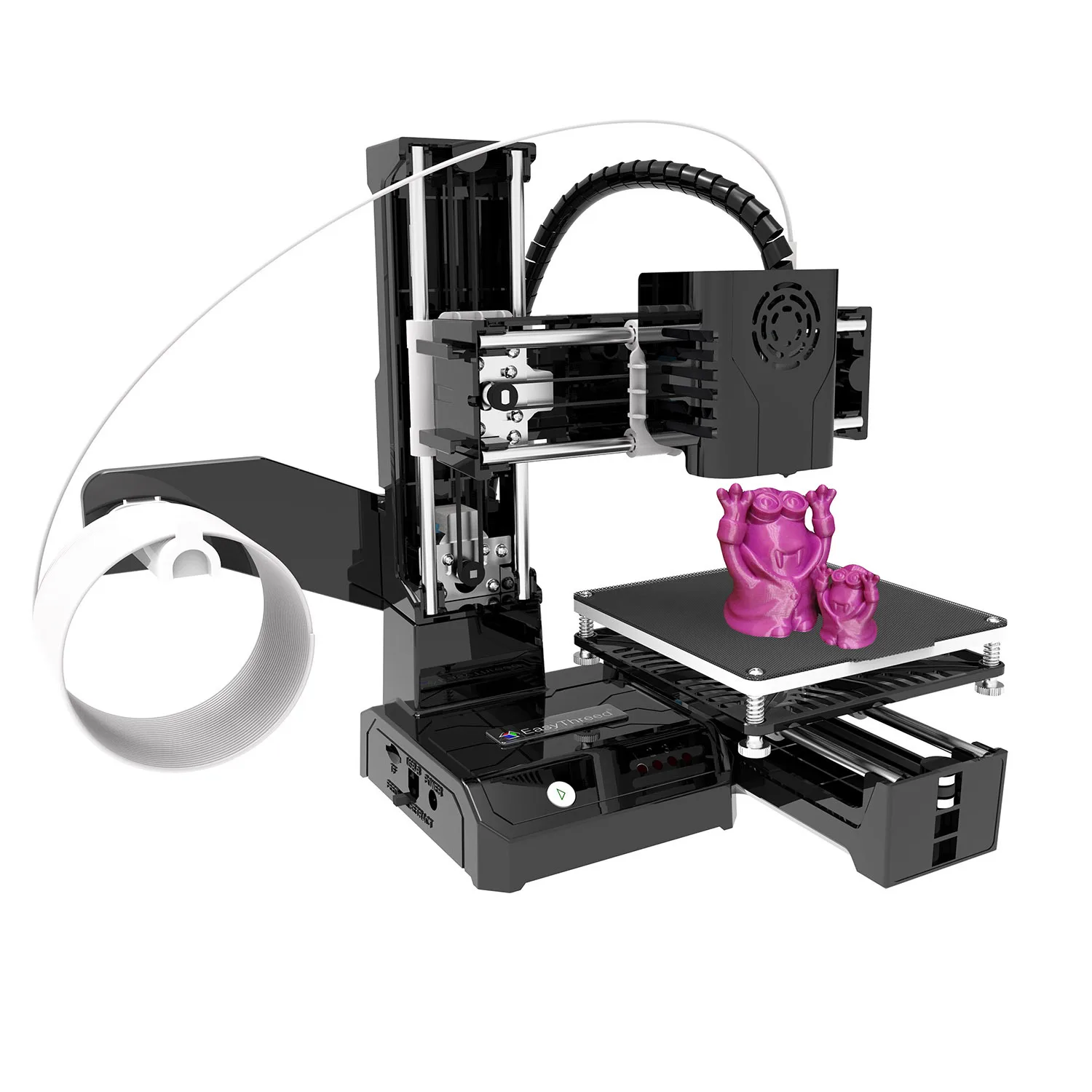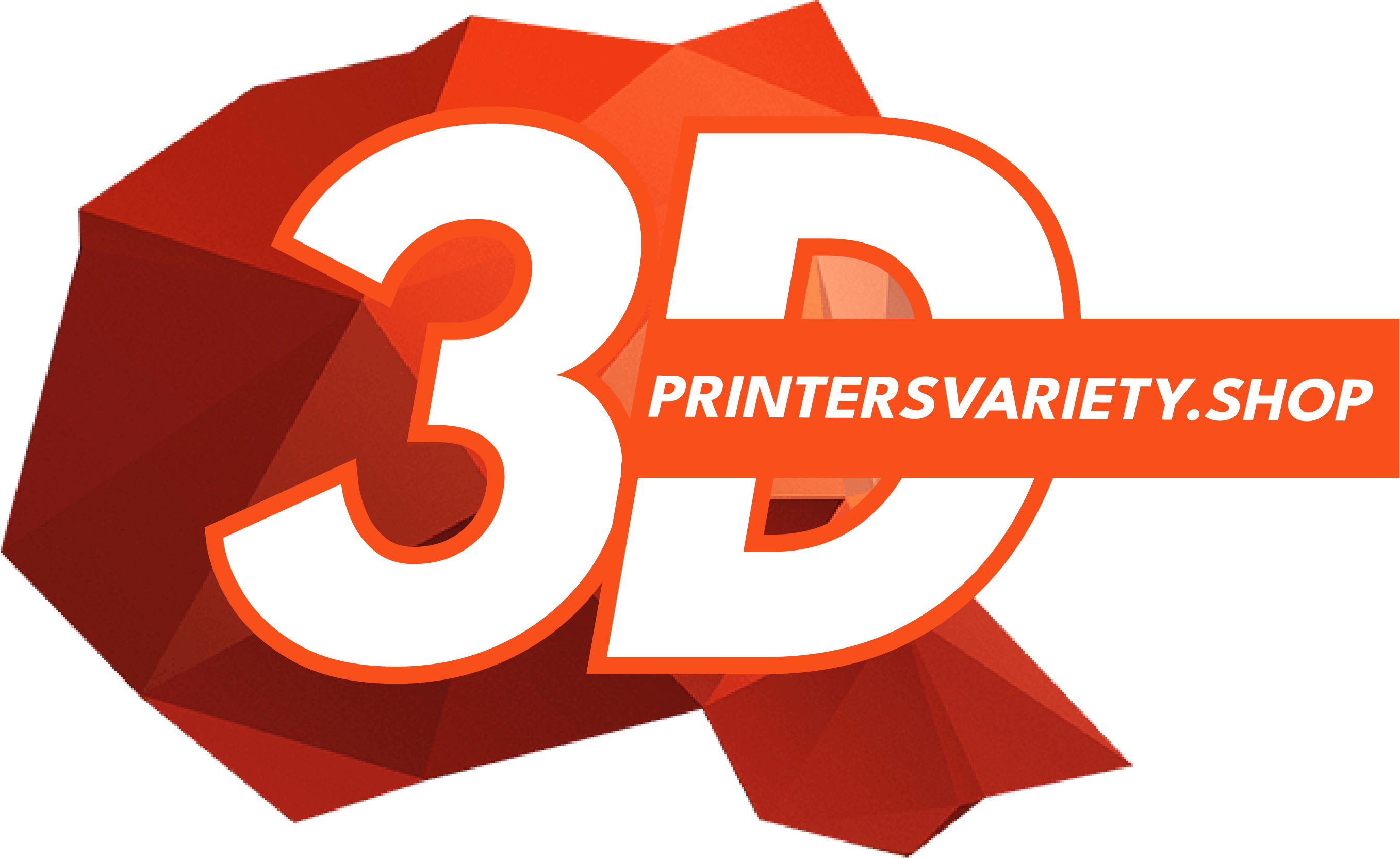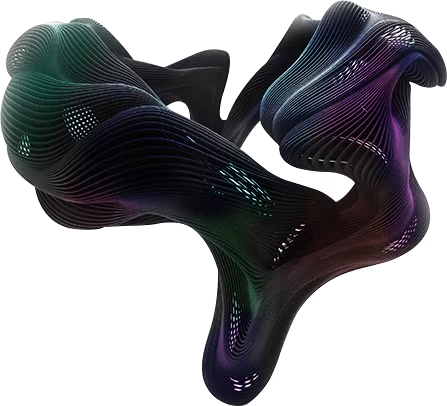Creality Ender-3 V3 SE & V3 KE 3D Printers – Precision & Speed
$298.50 – $433.50
The Creality Ender-3 V3 SE & V3 KE 3D Printers deliver precision and speed. The V3 SE features Dual Z-Axis stability and Sprite Direct Extrusion, while the V3 KE offers 500mm/s printing with X-axis linear rail stability.
Key Features:
- Dual Z-Axis Stability: Precise and accurate prints (V3 SE).
- 500mm/s Speed: High-speed printing for quick results (V3 KE).
- Auto-Leveling: Simplifies setup for consistent calibration.
- Wide Filament Compatibility: PLA, TPU, ABS, PETG, and more.
- Compact & Durable Design: Suitable for small workspaces and reliable performance.
Creality Ender-3 V3 SE & V3 KE 3D Printers – High-Performance 3D Printing for Every User
Product Overview
The Creality Ender-3 V3 SE and V3 KE are advanced 3D printers designed for precision, speed, and ease of use. The V3 SE offers superior stability with its Dual Z-Axis and Sprite Direct Extrusion System, while the V3 KE features an impressive 500mm/s printing speed and an X-axis linear rail for enhanced stability. Both models come equipped with auto-leveling for accurate calibration, making them ideal for hobbyists and professionals.
Advanced Features
V3 SE Key Features:
- Dual Z-Axis Stability: Reduces movement errors for precise prints.
- Sprite Direct Extrusion: Smooth filament feeding for clog-free performance.
- Auto-Leveling: Ensures consistent and accurate bed calibration.
V3 KE Key Features:
- 500mm/s Printing Speed: Delivers fast and efficient project completion.
- X-axis Linear Rail: Improves stability and reduces vibrations.
- Auto-Leveling: Simplifies calibration for professional-grade results.
Common Features for Both Models:
- Wide Filament Compatibility: Supports PLA, TPU, ABS, PETG, and more.
- Durable Construction: Built for reliable, long-term performance.
- Compact Design: Fits easily into small workspaces.
Technical Specifications
- Printing Speed: Up to 500mm/s (V3 KE)
- Build Volume: 220x220x250mm
- Extrusion System: Sprite Direct Extrusion (V3 SE)
- Leveling System: Auto-Leveling
- Motion System: Dual Z-Axis (V3 SE), X-axis Linear Rail (V3 KE)
- Compatible Filaments: PLA, TPU, ABS, PETG
Common Questions and Answers
What is the difference between the V3 SE and V3 KE?
The V3 SE focuses on precision with its Dual Z-Axis and Sprite Direct Extrusion, while the V3 KE prioritizes speed with its 500mm/s capability and X-axis linear rail.
Are both models suitable for beginners?
Yes, the auto-leveling feature on both models ensures user-friendly setup, making them accessible for all skill levels.
Which model is better for large-scale projects?
Both models offer the same build volume (220x220x250mm), suitable for a wide range of projects.
What materials can these printers handle?
They are compatible with PLA, TPU, ABS, PETG, and other common filaments.
Brand
Creality
You must be logged in to post a review.
Related Products

$141.35 Original price was: $141.35.$113.08Current price is: $113.08.

$461.14 Original price was: $461.14.$368.91Current price is: $368.91.

$1,410.28 Original price was: $1,410.28.$1,128.00Current price is: $1,128.00.




Reviews
There are no reviews yet.